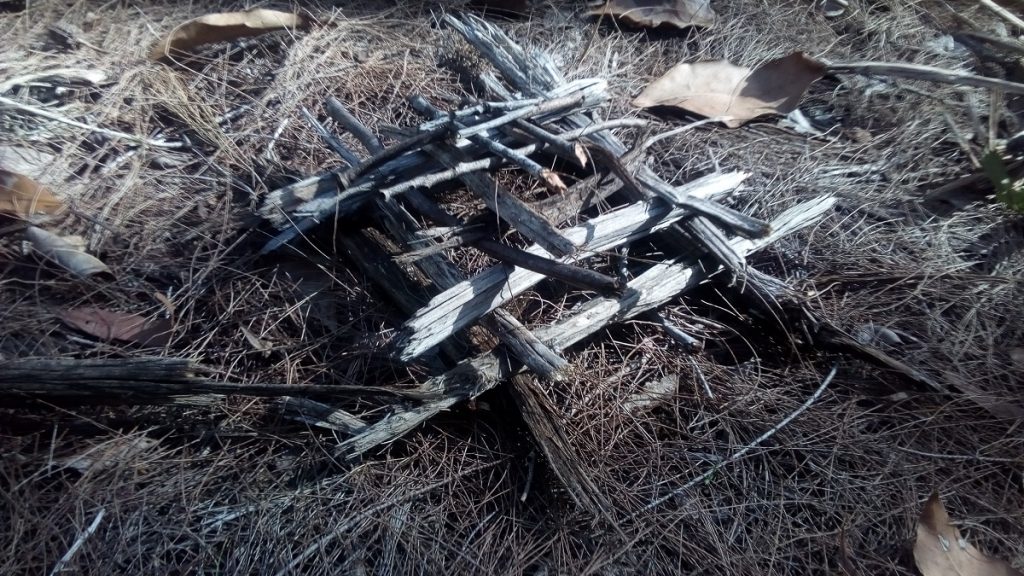
Making ephemeral works has been on ongoing theme in my art practice. Working in many ephemeral artist-run spaces in Brisbane’s artist-run ecology in the 1980s during a time of widespread demolition and gentrification had a significant impact on my making and exhibition approach. During this time the traditional ‘white cube’ model became less of a focus in my practice and an increased interest in ephemeral art, a work of art that only lasts for a fleeting amount of time, perhaps occurring once, and that can be embodied in a lasting object or not at all continues to enervate my making. This ephemeral nature of art work is part of my feeling and experience of queer temporalities, where so much creative work produced by queer artists throughout time has been fleeting. My experience of the lives and works of queer artists during the HIV AIDs pandemic were also fleeting much like the vivid mandalas that are painstakingly made and then swept ceremoniously into the ocean. Being queer in my direct lived experience continues to console me and to grow my mindfulness about the impermanence of life.
My ancestors come from the United Kingdom and other places around the globe. As children growing up in Eveleigh Street, Arana Hills in Brisbane Meeanjin my siblings and I were fortunate to experience these Quandamooka skies, lands and waters throughout the late 1960s, 1970s and early 1980s as our parents had a small boat for adventuring, camping and nature walking. For me it was a foundational time for a young artist making ephemeral art along the tidelines, in the sand dunes and tea tree swamps.
I am thrilled and delighted to be living and working in this spiritual place in 2018. During March 2018 to November 2019 I was involved in a small way with two local artist groups named ‘Canaipa Mudlines’ and ‘Tricia Dobson’s Weaving Circles’ . It was a beneficial collaborative experience for me and opened up my studio practice again into the ecosystem of Canaipa. According to one source the name Canaipa was collected from Yugambeh people[and identified as a Yugambeh-Bundjalung language word from the Ngaraangbal dialect spoken by the Pimpama clan meaning place of ironbark spear/digging stick, the name is used by both the Quandamooka and Yugambeh people, who assert traditional ownership.
During that recent and intensive time of excursions, picnics and residencies I was reacquainted with the power, play and beauty of mud, local clays, wet sand and dry sand. It reignited my passion and enthusiasm for ephemeral environmental art making. It was during these recent experiences, reflecting in reveries while sitting and making on country that I wrote these words about the affective contours of my art practice today, ” …mud is possibility, mud is an ecosystem, as a queer artist mudlining offers transmutation, a way of transforming trauma, grief, loss, bullying, homophobic violence and mudslinging into poetry” …
We acknowledge the Quandamooka People as the traditional custodians of the lands in which we live, make and work where sovereignty was never ceded. We pay respects to their elders and their youth, past, present and emerging – and stand in sovereignty with the Uluru Statement from the Heart and their ongoing resistance against colonisation.
https://en.wikipedia.org/wiki/Russell_Island_(Moreton_Bay)
